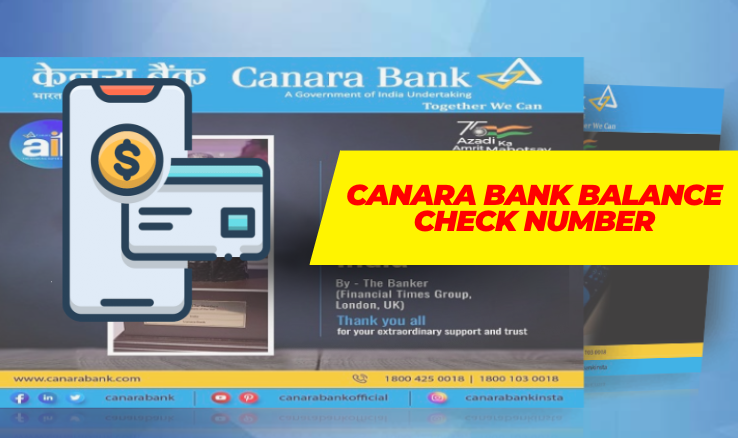The relationship between interest rates and bond prices is a fundamental concept in the world of finance. As interest rates fluctuate, the prices of bonds experience corresponding changes. This dynamic interaction is crucial for investors, as it directly impacts the value of their bond portfolios. Understanding this relationship is key to making informed investment decisions, managing risk, and navigating the complexities of fixed-income securities. In this exploration, we delve into the intricacies of how interest rates and bond prices are interconnected, examining the inverse correlation that defines this relationship and its implications for both bond issuers and investors.
Introduction to Interest Rate and Bond Price Relationship
The intricate relationship between interest rates and bond prices lies at the core of financial markets, shaping investment landscapes and influencing economic dynamics. Understanding this interconnection is essential for investors and issuers alike. Simply put, bond prices and interest rates share an inverse relationship. As interest rates rise, bond prices fall, and vice versa. This inverse correlation is driven by the fixed coupon payments of bonds compared to the prevailing market interest rates.
In this exploration, we delve into the nuances of this relationship, uncovering how changes in interest rates impact the pricing of bonds, and examining the broader implications for investors and issuers in navigating the complexities of fixed-income markets. Recognizing this dynamic link is crucial for making informed investment decisions, managing risks, and adapting strategies to the ever-changing landscape of interest rates and bond prices.
Bond Prices and Interest Rates: The Inverse Relationship
The inverse relationship between bond prices and interest rates is a cornerstone principle in fixed-income markets. As interest rates fluctuate, bond prices move in the opposite direction. When interest rates rise, the present value of future bond cash flows diminishes, leading to a decline in bond prices. Conversely, falling interest rates result in higher bond prices as the fixed coupon payments become more attractive in comparison to prevailing market yields.
This inverse correlation is especially pronounced in bonds with fixed coupon rates. Investors seeking stable income streams may find this relationship particularly impactful. Understanding how changes in interest rates influence the valuation of bonds is crucial for investors, guiding their portfolio management strategies. The intricacies of this relationship underscore the importance of monitoring interest rate movements and adapting investment approaches to optimize returns and manage risks in the dynamic realm of fixed-income securities.
Coupon Rates and Yield to Maturity
Coupon rates and yield to maturity (YTM) are integral components influencing the relationship between bond prices and interest rates. The coupon rate represents the fixed annual interest payment expressed as a percentage of the bond’s face value. This rate remains constant throughout the bond’s life.
Yield to maturity, on the other hand, reflects the total return an investor can expect if the bond is held until maturity, factoring in its current market price, coupon payments, and the face value at maturity.
The relationship with interest rates is evident when comparing coupon rates to prevailing market yields. If a bond’s coupon rate is higher than the current market yield, the bond is likely trading at a premium. Conversely, if the coupon rate is lower than the market yield, the bond may trade at a discount.
Price Sensitivity to Interest Rate Changes
Price sensitivity to interest rate changes, often measured by a bond’s duration, is a critical concept for investors in fixed-income securities. Duration gauges the sensitivity of a bond’s price to fluctuations in interest rates. It provides a measure of the bond’s average life, considering both coupon payments and the return of principal at maturity.
The relationship is straightforward: the higher the duration, the more sensitive the bond’s price is to interest rate movements. For instance, a bond with a duration of 5 years would be expected to see a 5% change in its price for every 1% change in interest rates.
Market Conditions and Economic Factors
Market conditions and economic factors play pivotal roles in shaping the relationship between interest rates and bond prices. Economic indicators and central bank policies heavily influence the overall interest rate environment, impacting bond valuations.
- Economic Indicators: Factors such as inflation, unemployment rates, and GDP growth directly influence central banks’ decisions on interest rates. Inflationary pressures may lead central banks to raise rates to curb inflation, affecting bond prices inversely.
- Central Bank Policies: The monetary policies adopted by central banks, such as the Federal Reserve in the U.S. or the European Central Bank, significantly impact interest rates. Changes in policy rates, bond purchase programs, or forward guidance can trigger shifts in bond prices.
- Global Economic Conditions: Bond markets are interconnected globally. Economic events or crises in one part of the world can reverberate across markets, influencing interest rates and bond prices worldwide.
Investor Strategies in Changing Interest Rate Environments
Investor strategies in changing interest rate environments are crucial for navigating the dynamic bond market. Considerations include:
- Diversification: Holding a diversified bond portfolio with varying maturities and durations can mitigate risk. Shorter-duration bonds are less sensitive to interest rate changes, offering stability, while longer-duration bonds may provide higher yields.
- Active Duration Management: Adjusting the portfolio’s duration based on interest rate expectations. In anticipation of rising rates, reducing overall duration can limit potential losses.
- Yield Curve Strategies: Capitalizing on yield curve movements, investors may choose to position portfolios for a steepening or flattening yield curve, depending on their outlook for interest rates.
- Floating-Rate Securities: Allocating to floating-rate securities, whose interest payments adjust with benchmark rates, can offer protection against rising interest rates.
Conclusion
In conclusion, the intricate relationship between interest rates and bond prices underscores the need for astute financial strategies. Investors must grasp the inverse correlation, utilizing tools like duration to manage price sensitivity. The interplay is influenced by economic factors and central bank policies, demanding vigilance. Successful strategies involve diversification, active duration management, and a keen awareness of global economic conditions. Investors adapting to changing interest rate environments with foresight, tactical asset allocation, and a diversified approach can position themselves for resilience and optimized returns in the ever-evolving landscape of fixed-income investments.
Also Read:
- Fixed Deposits vs Money Market Funds ; Which One is Right for You?
- International Mutual Funds in India- Should you Invest?
- Should you Invest in retirement savings fund?
- Potential Risk Matrix in Debt Mutual funds- How to Interpret?

Hello, I am Tanisha Kriplani, graduated in computer science from Delhi University. I am passionate about web content writing and have a strong interest in Data Analytics and Data Engineering.












